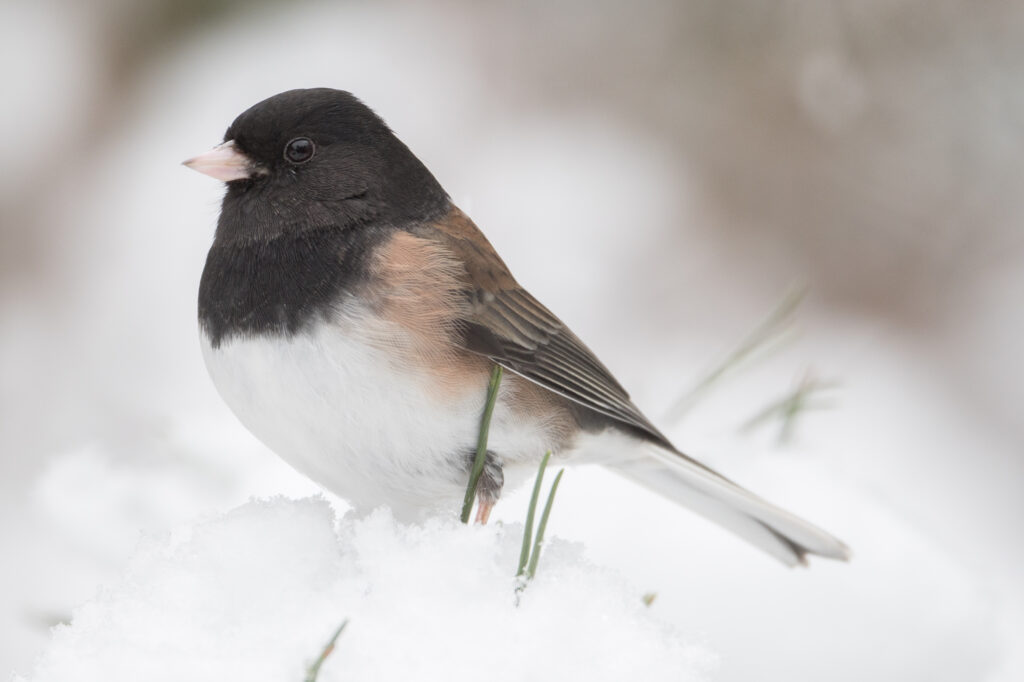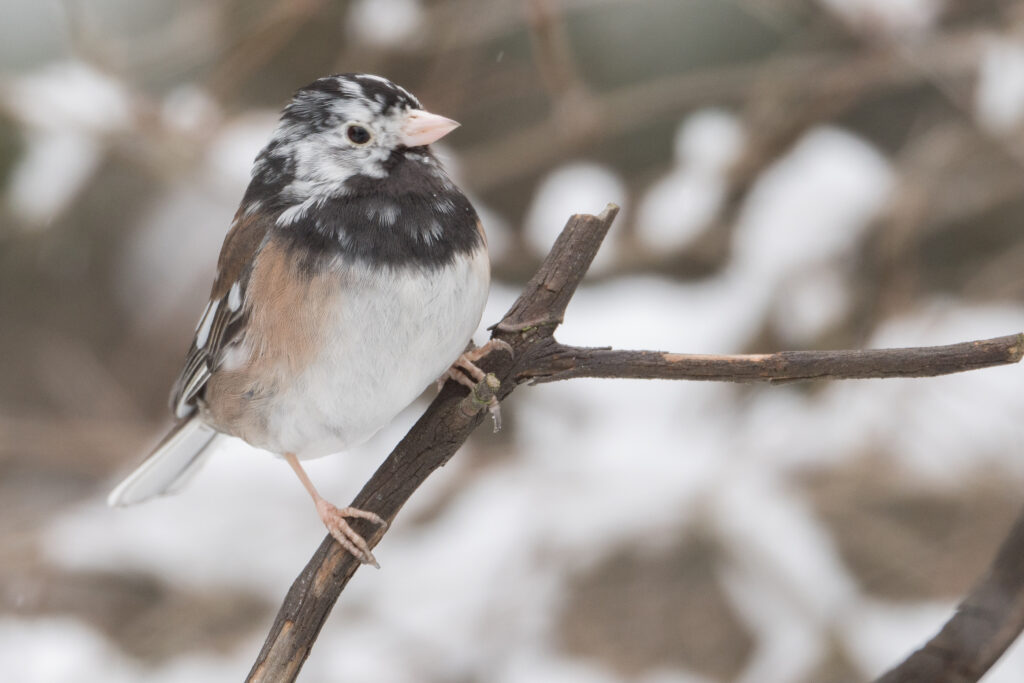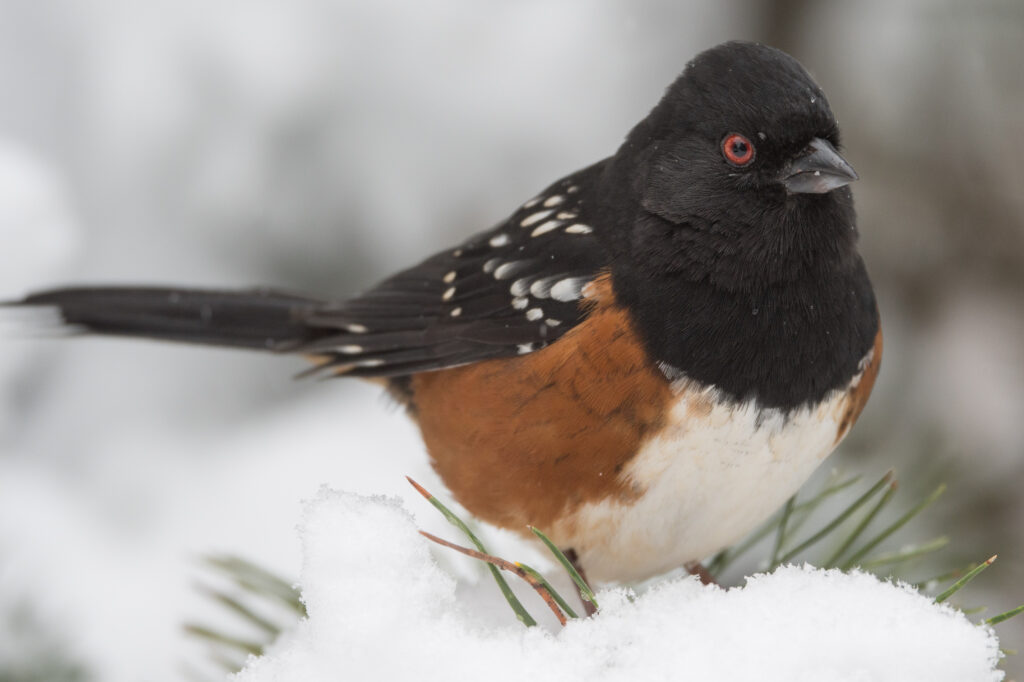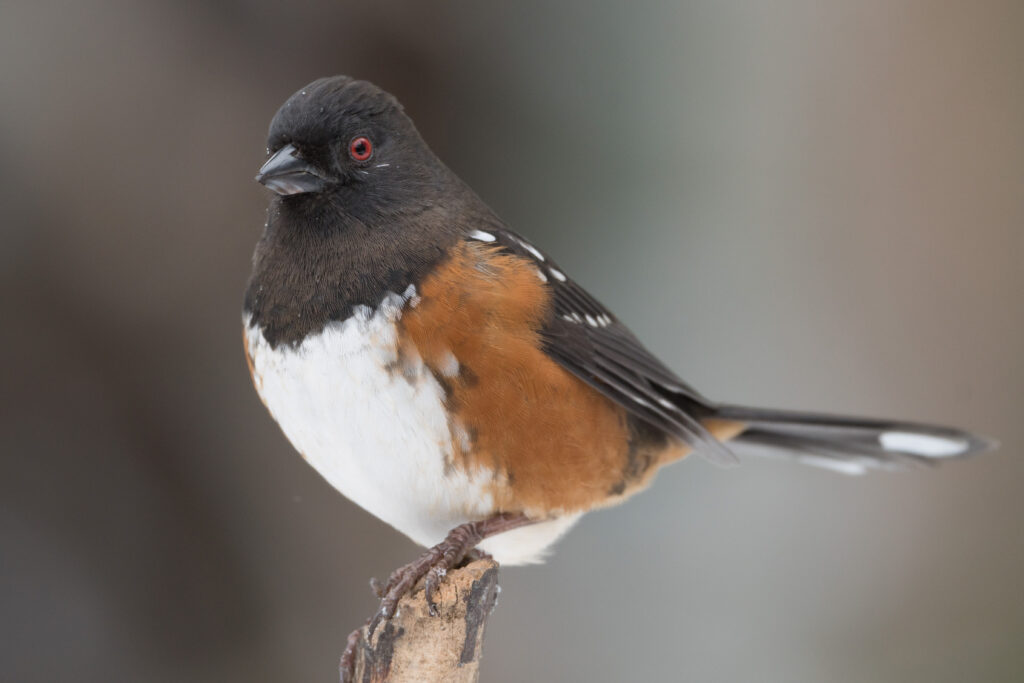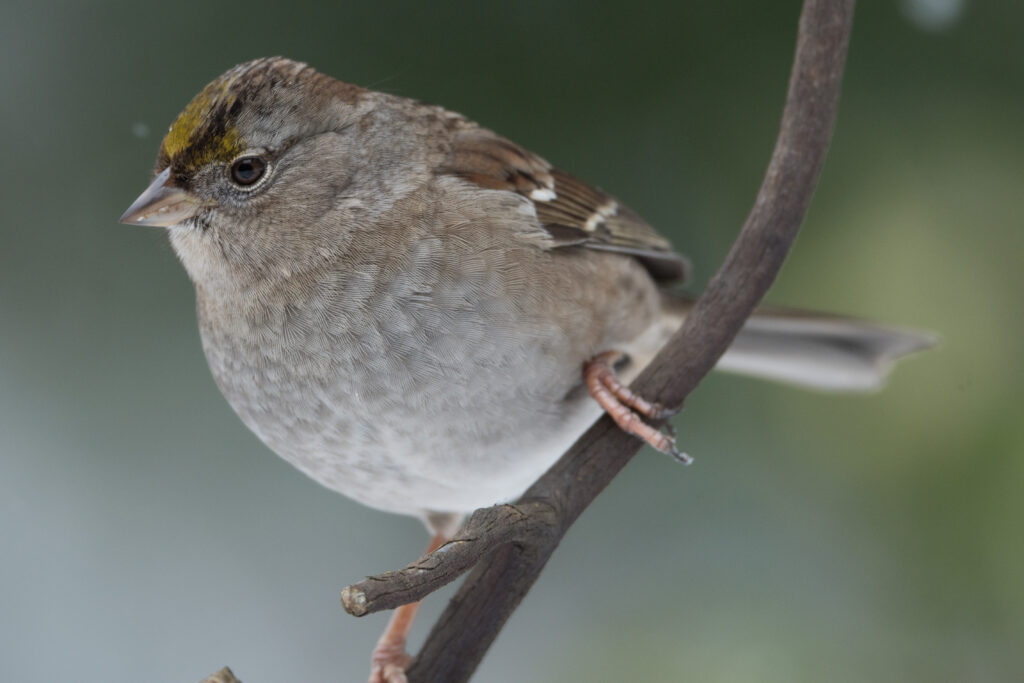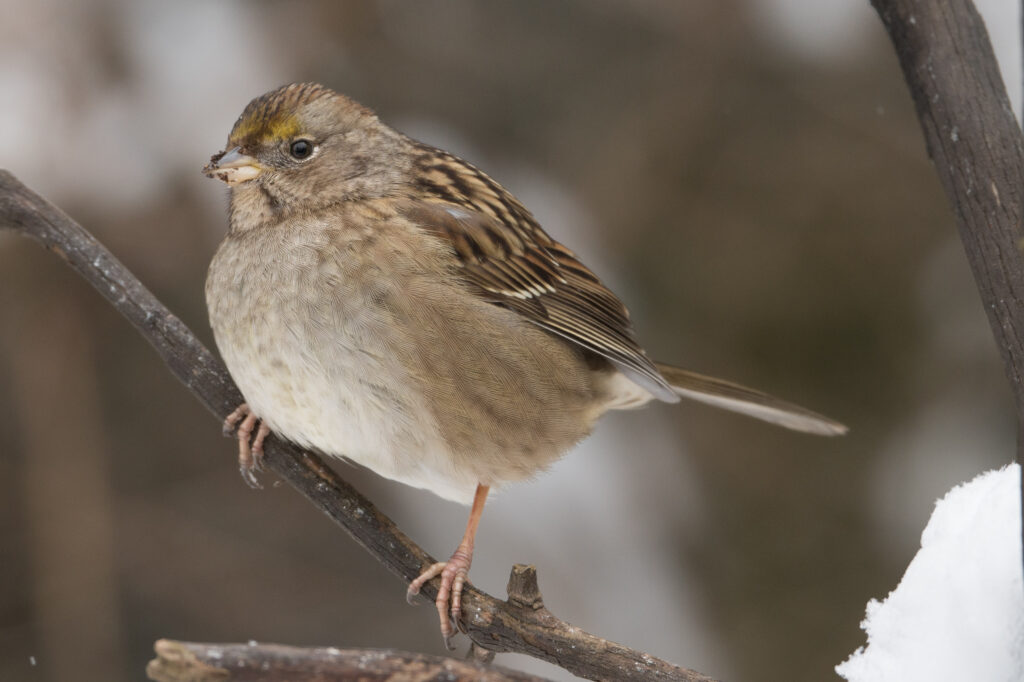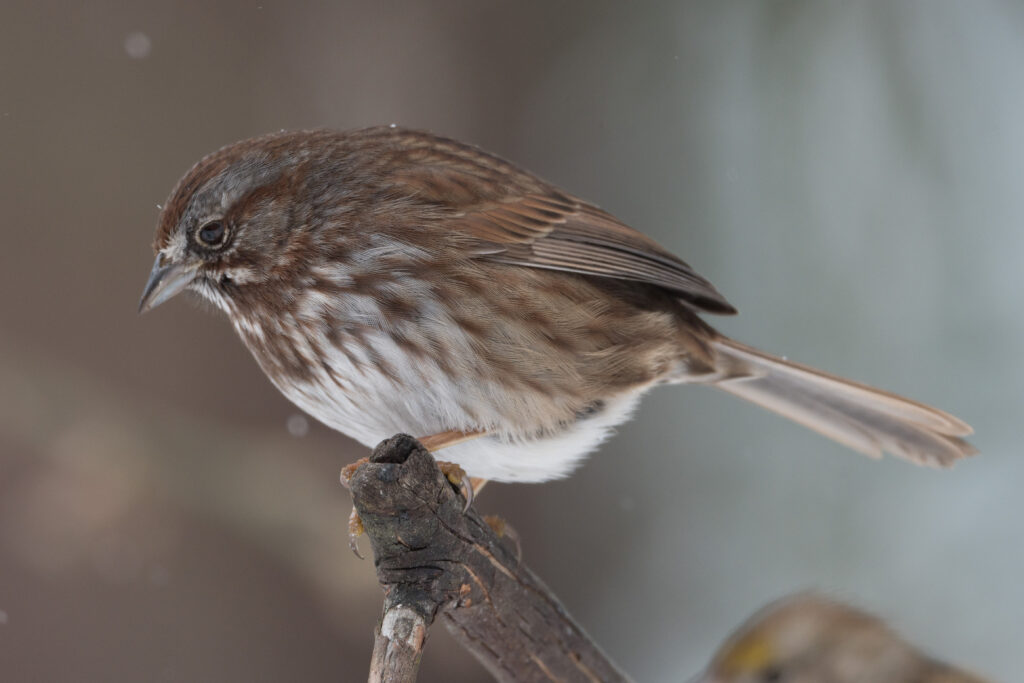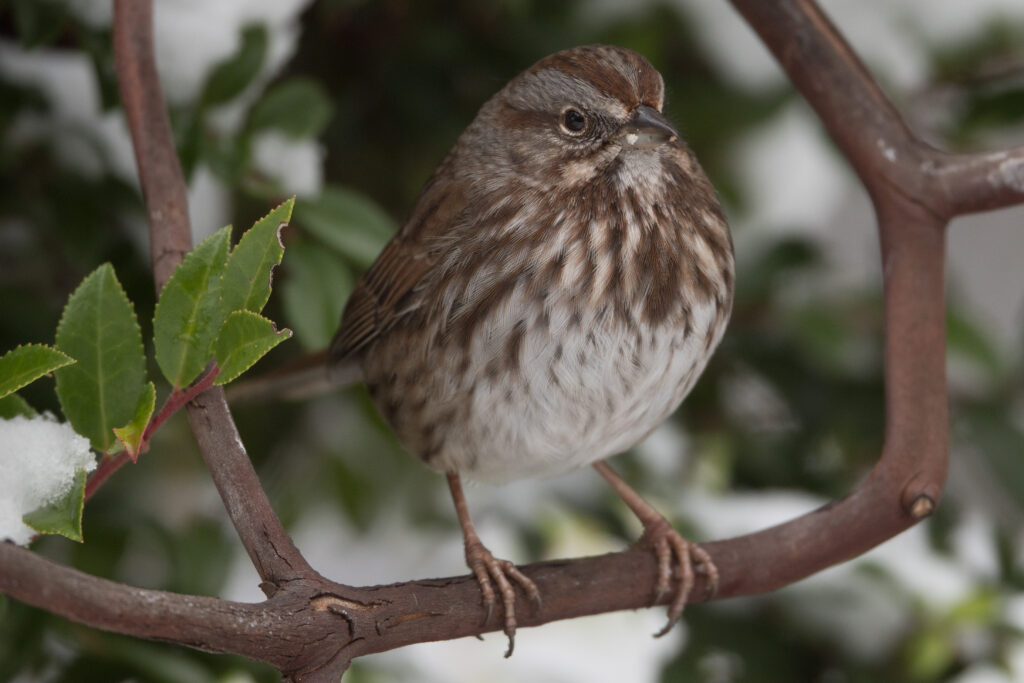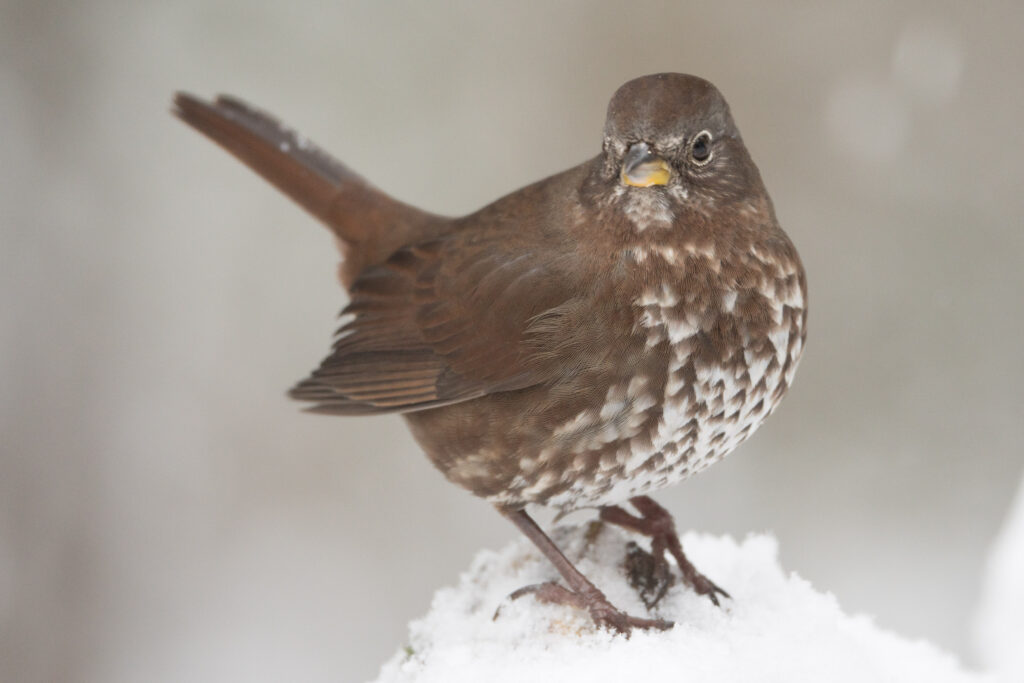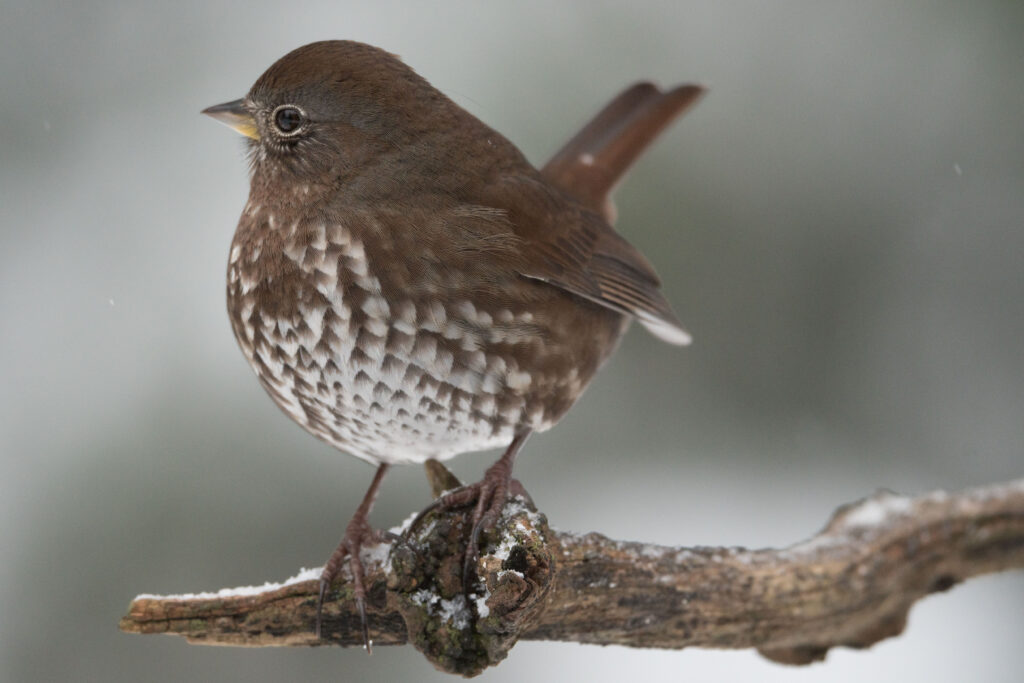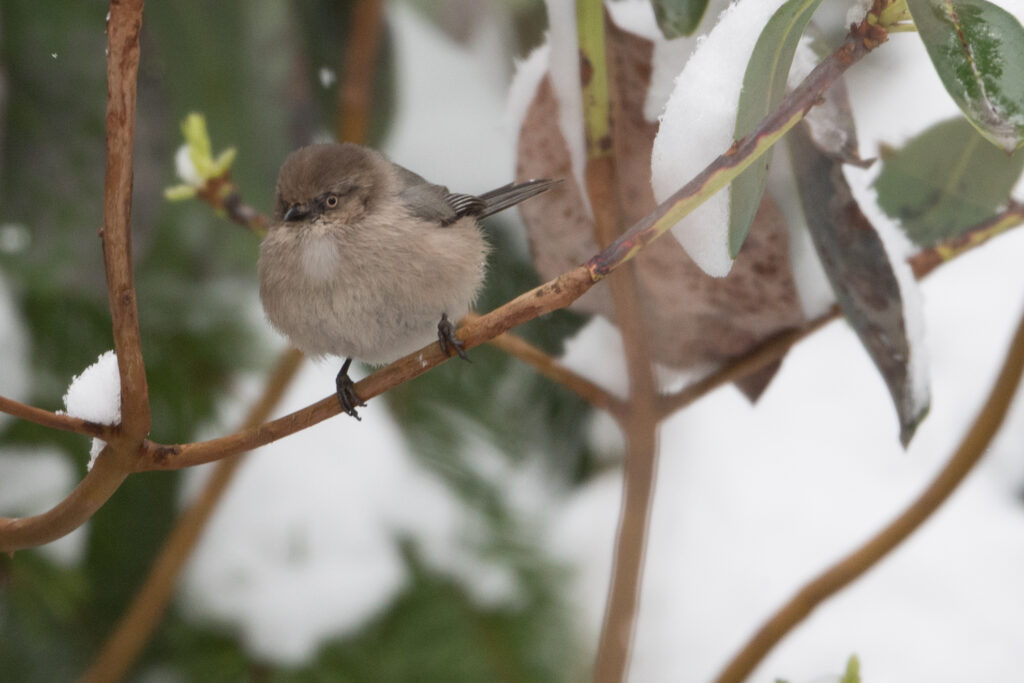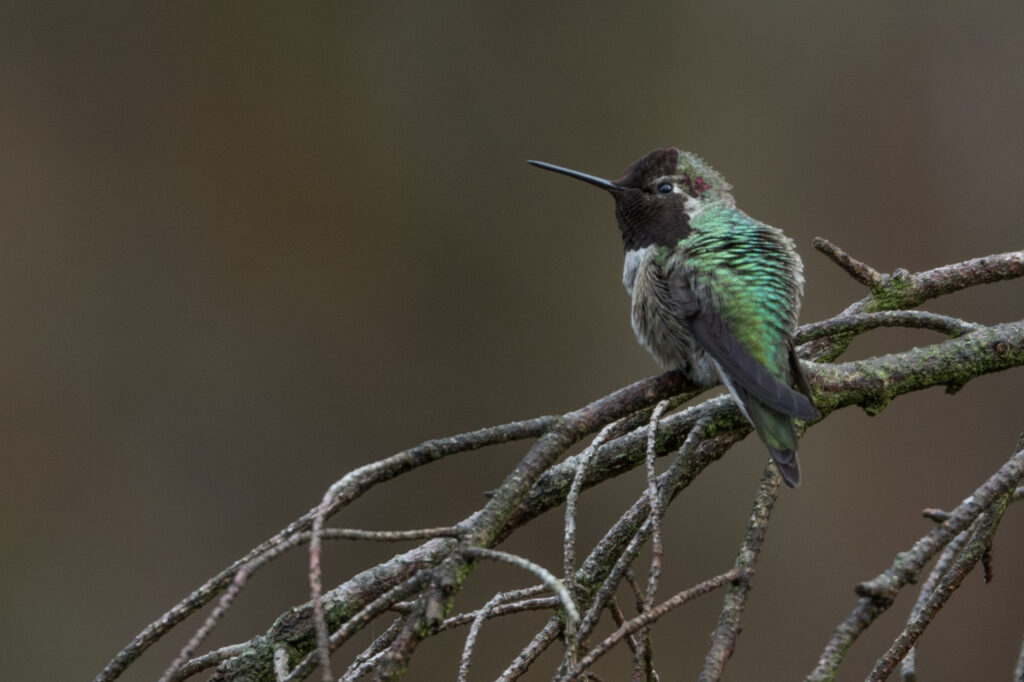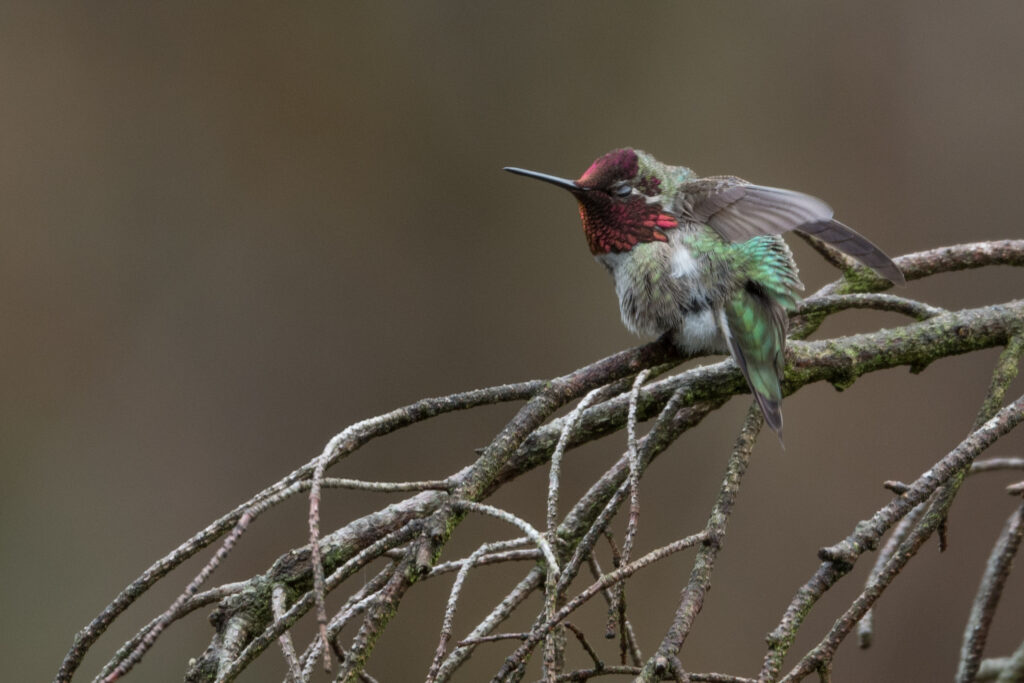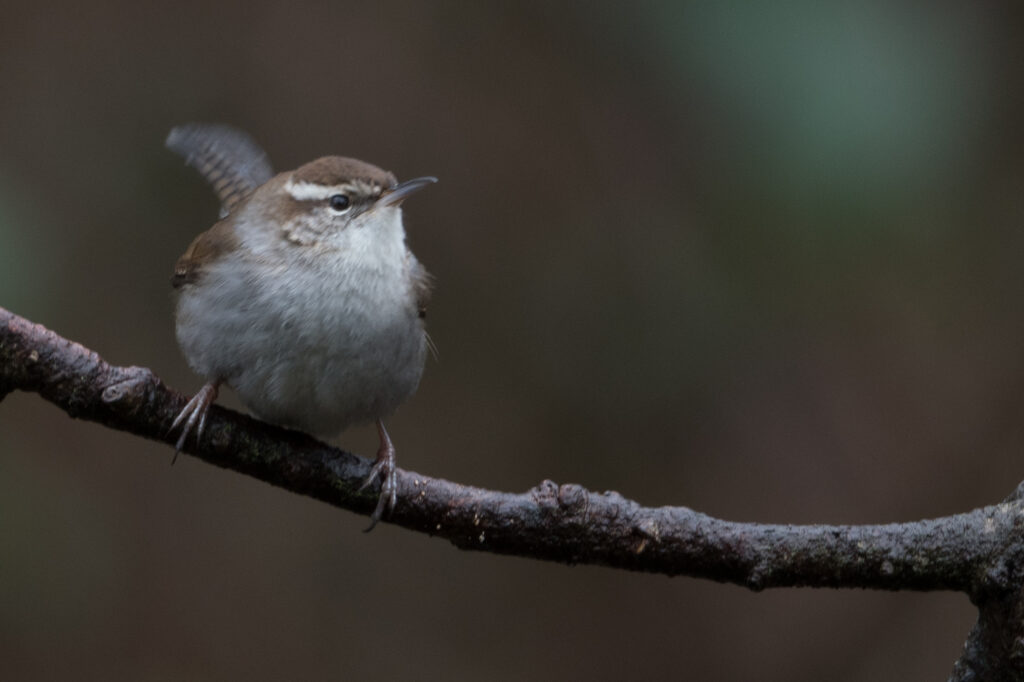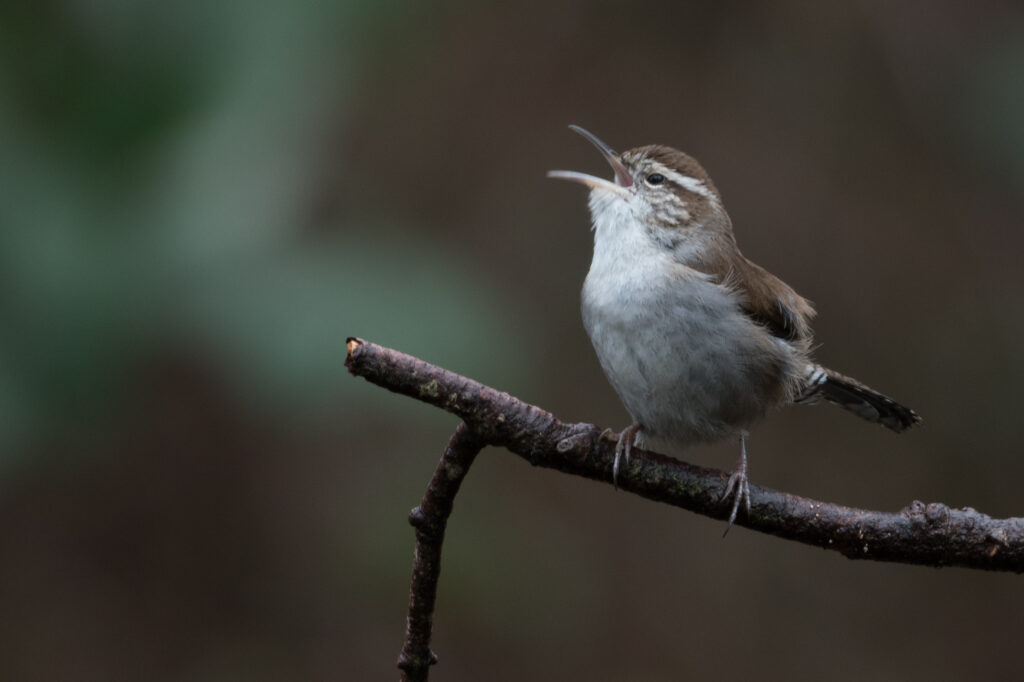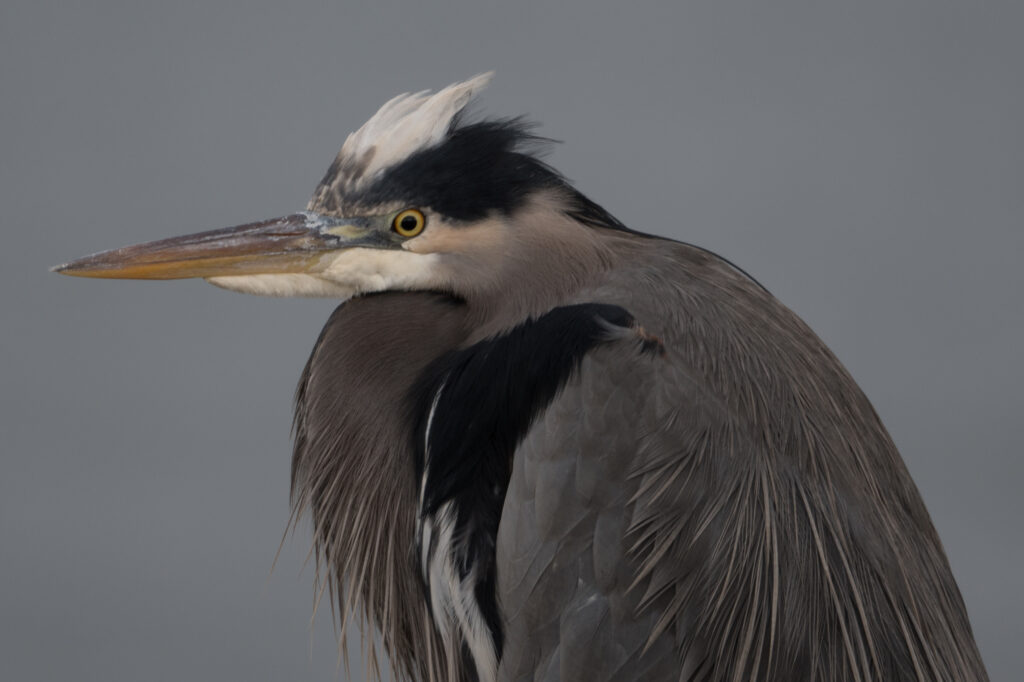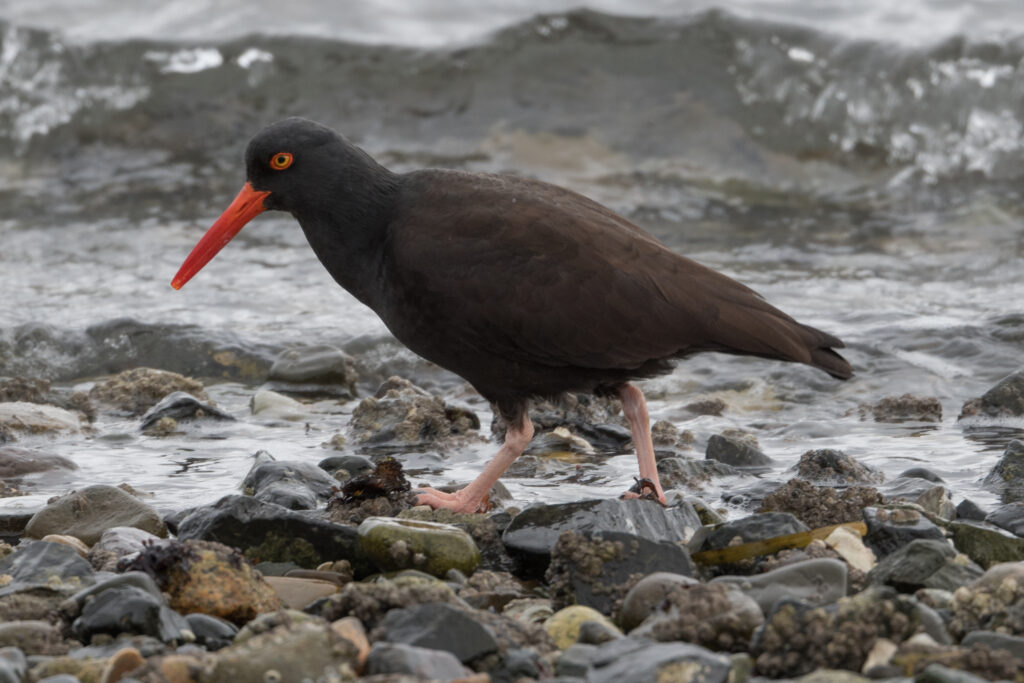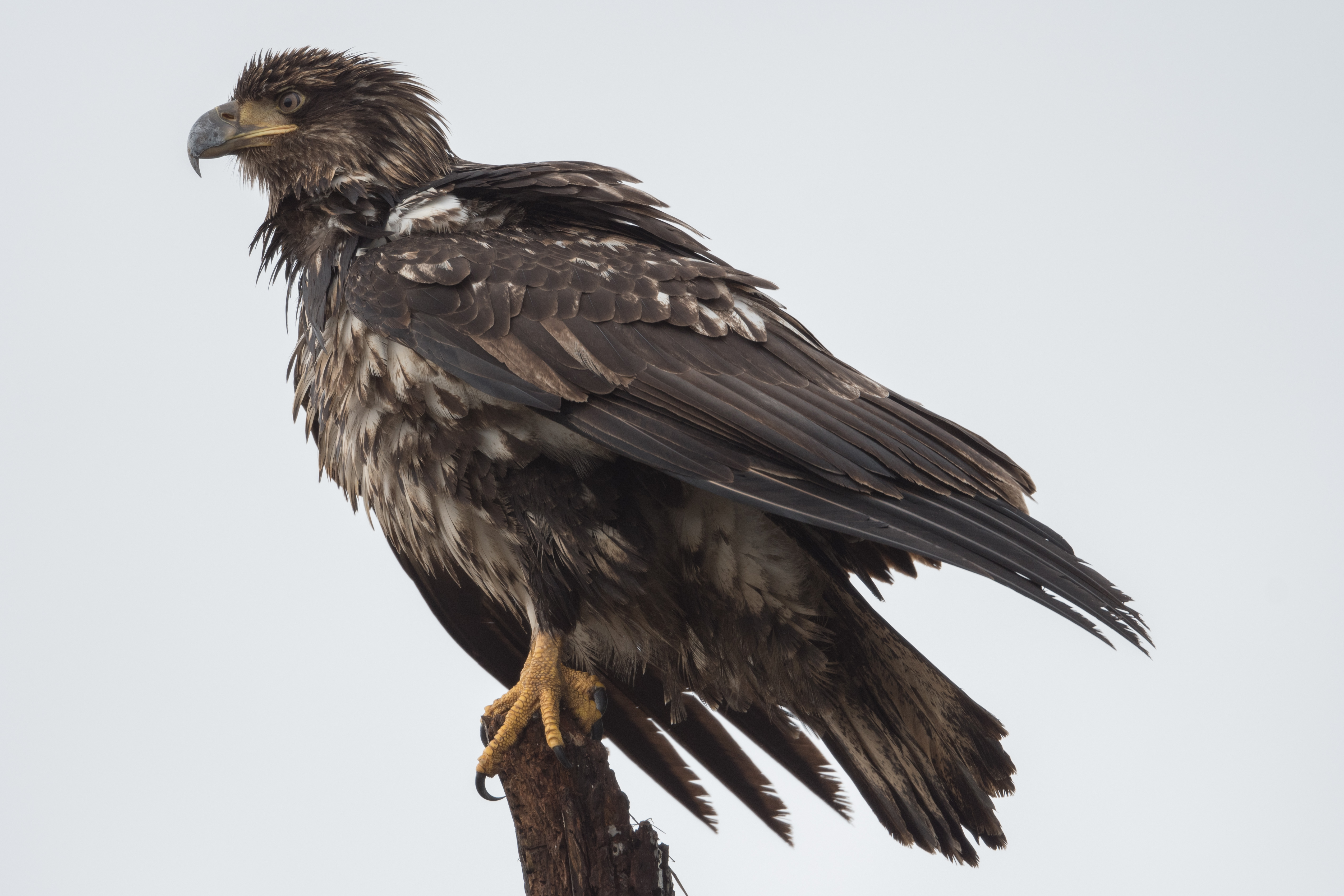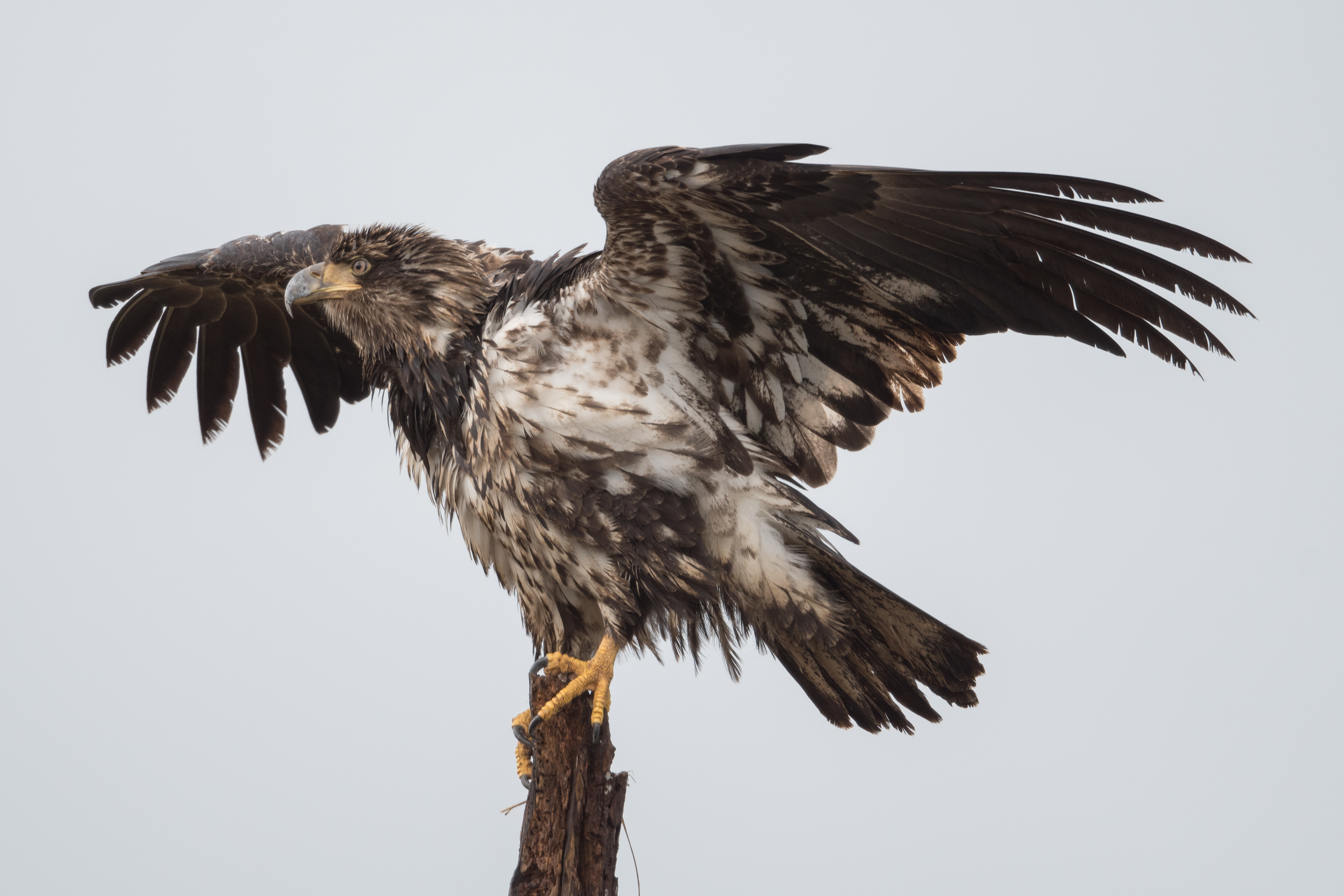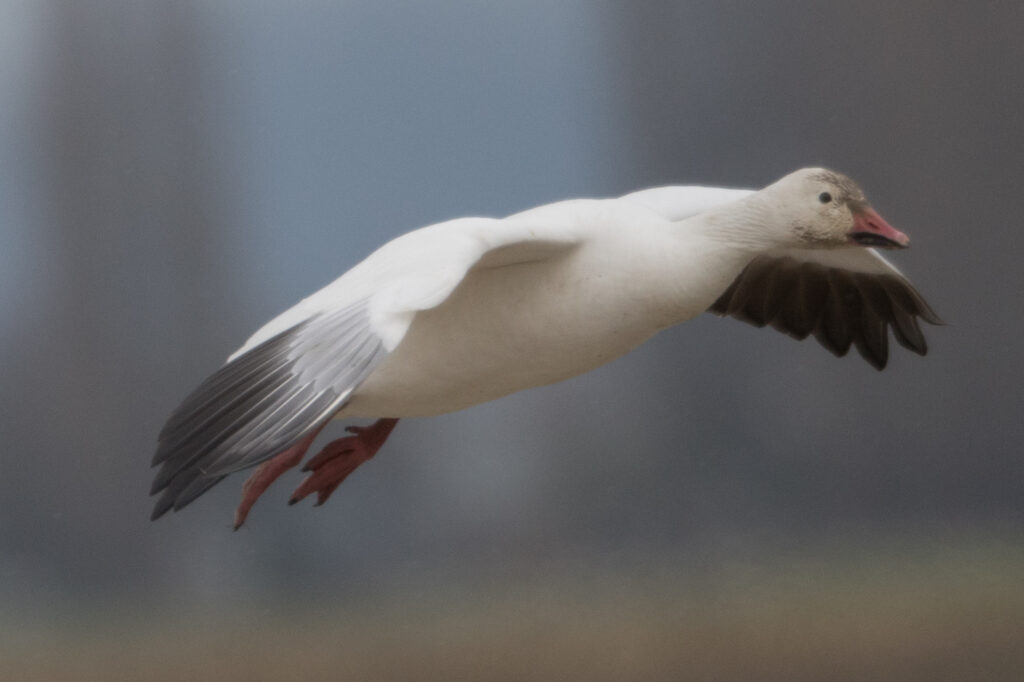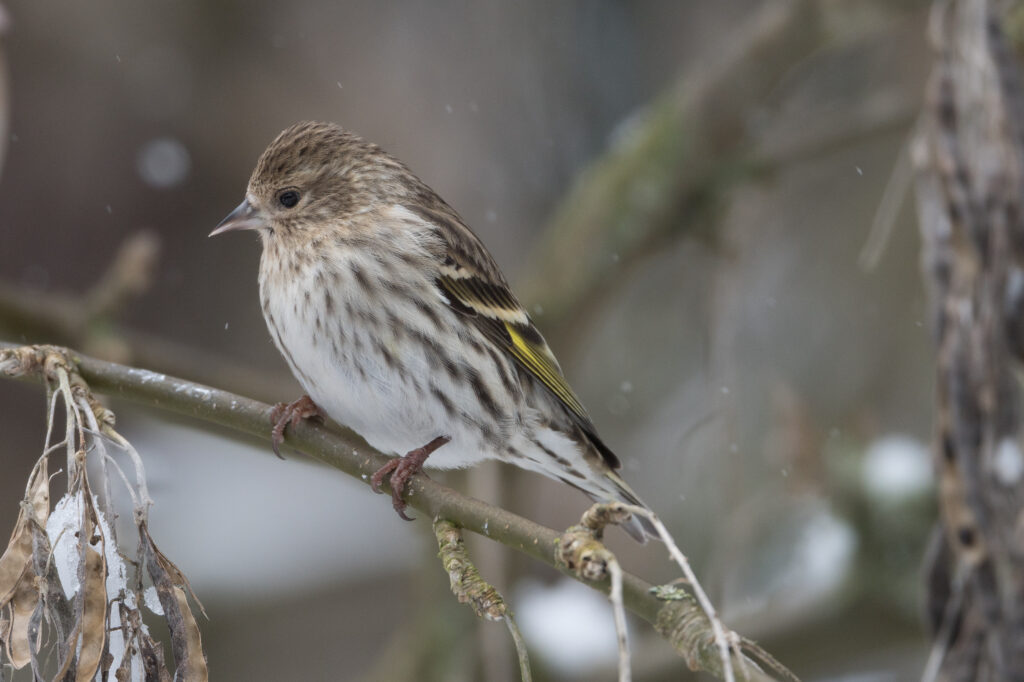
I’ve lost track of the number of friends who have called me concerning advice on the current problem of an apparent salmonella outbreak among Pine siskins, so I’ve decided to post my advice on my blog. This advice should apply to year-round feeding and not just for the current situation. I offer these suggestions with no background or particular expertise in ornithology or infectious diseases… only 30 years as a birder and creator of backyard habitat. Over the past 20 years I’ve taught birding classes and addressed many different community groups. The advice I offer here is a relatively brief (!) summary of past presentations.
In the winter of 2020-21 we are experiencing an eruption of Pine siskins, large numbers of which have migrated south from Canada. In the month of December I estimated that we had as many as 30 in the yard at one time. The number of the birds, combined with their gregariousness, can mingle large numbers at water and food sources. The crowding can lead to increased transmission of disease. So as stewards of the bird population, we should do what we can to mitigate the impact to bird populations.
This is not a factor that is unique to this year. It’s unusual for me to go through a year without seeing at least a couple of sick Pine siskins. This winter I have seen two siskins that were probably sick, but I have neighbors who report more. Some of this may be attributable to window strikes from newly arrived birds. I attribute our relative lack of sick birds in our yard to how we maintain our yard habitat.
Over the past month or so I’ve read two articles in major news publications that I found frustrating. My frustration also extends to advice from major wildlife organizations. In my opinion these sources didn’t fully address the problem or offer all the possible, practical solutions.
My observations indicate that sick birds are the most dependent on easy access to food and water sources. The first birds back to feeders and water each day are those that are sick, because they don’t have the strength or energy to hunt for food and water sources. So I don’t regard cleaning feeders each day (or even less often) as a practical solution. Removing feeders for an indeterminate length of time is at least a possible solution but at the expense of other birds. And I have yet to see any species of sick birds in the yard other than the occasional Pine siskin (and House finch susceptible to another disease), despite many other species commingling with siskins at feeders and water sources. I must surmise that siskins are susceptible to salmonella and that it is probably endemic in the population. (I’m not trying to absolve those who provide habitat for birds from the problem of disease transmission.)
WATER/BIRD BATHS
My first reaction to the salmonella problem is that it is probably caused more by water rather than by feeders, although I do acknowledge that feeders are probably part of the problem. (More about feeders later.)
One of the biggest mysteries to me in the bird world… why birds often defecate in the same water in which they drink and bathe! I can’t help but think that this adds greatly to the transmission of disease problem. Unfortunately, it’s often impossible to disinfect a bird bath or, as in our situation, an entire watercourse! I try to use the jet nozzle on our hose to wash the bird baths at least daily, and sometimes more often, depending on observations as to how fouled they get.
FEEDERS
I prefer feeders that discriminate against non-clinging birds. What does this mean? This means utilizing feeders that birds must cling to as opposed to those a bird can perch on for an extended length of time. This serves several purposes. It saves seed by requiring that birds spend a limited time in contact with the feeder. It requires some effort for the bird to remain on the feeder, and it’s my observation that the birds don’t defecate while spending efforts to cling to the feeder. This has the effect of somewhat reducing fecal matter from accumulating on or under the feeder. It also discourages birds like sparrows and finches from monopolizing the feeder at the expense of perhaps more desirable species such as woodpeckers, chickadees, nuthatches, goldfinches, and Bushtits.
Avoiding use of platform feeders and seed trays (attached below tube feeders) also limits the amount of fecal matter intermingled with seed. If you must use a platform feeder use the smallest one you can find. Some of the birds will tend to feed from the railing instead of wallowing in the seed. (In general I only use a small platform feeder in the spring and summer to attract Black-headed grosbeaks, which aren’t great clinging birds.)
We live in a climate with frequent wind and moisture, so I recommend using a dome to protect ALL of your feeders. Wet seed invariably grows mold, and mold isn’t palatable to or healthy for birds. Unfortunately, a dome can often cost as much as the feeder itself. And depending on your situation, you may also need a baffle to keep squirrels and other rodents from accessing your feeders from below.
I don’t expect anyone to go out and replace all of their feeders based on my advice, but if you make the decision to replace or add feeders here are my recommendations…
Droll Yankee Big Top Feeder
My highest recommendation for a bird feeder is the Droll Yankee Big Top Feeder. This feeder, while expensive ($80 or more), comes with its own dome and holds about 3 quarts of seed, meaning you don’t have to fill it as often. It is also virtually impervious to the weather because, when hung and adjusted properly, the seed is protected from moisture. (If you purchase one of these feeders contact me and I’ll recommend a small, inexpensive part that will enhance use of the feeder.)
Perky Pet 395 (Peanut Feeder)
Another excellent feeder is the Perky Pet 395 feeder, advertised for sunflower seeds (which I don’t recommend for this feeder) and (shelled) peanuts. This feeder is priced around $20 and is all metal. I refer to it as ‘bullet-proof’ but I did have to replace one… it blew down in a storm and the newspaper carrier ran over it! If you purchase one of these feeders rotate the peanuts when you fill it… new seed on the bottom and old seed on the top. This helps keep the peanuts from mildewing.
Droll Yankees CUTE Chickadee Feeder (6″size)
This is a very popular feeder with smaller birds (chickadees and titmice) that I usually have to fill twice a day. This feeder comes with its own dome but the dome probably isn’t adequate to protect the seed from moisture and certainly not squirrels. (If you purchase one of these feeders contact me and I’ll recommend a small, inexpensive part that will enhance use of the feeder.)
Duncraft Erva Upside Down Disk Suet Feeder
This feeder, available for less than $25, is available in various materials but I use the metal one due to its lighter weight and durability. This is a very popular feeder among woodpeckers, chickadees, nuthatches, Bushtits (and unfortunately, starlings)… and occasional surprises such as an Orange-crowned warbler and Bewick’s wren. In order for birds to access the suet they must cling upside down, something at which clinging birds are very adept but other birds are not.
You can also scatter seed on the ground for those birds that are ground-feeders. This includes sparrows (we’ve had seven different species in our yard) and quail.
WHAT TO FEED
The best seeds from a nutrition standpoint (protein and fat content) are hulled sunflower seeds. Feeding sunflower seeds in the hull results in the ground under the feeder being littered with sunflower seeds and hulls which will attract rodents!
I recommend against feeding thistle/niger seed (advertised for attracting finches) for several reasons.
The seed is among the most expensive of bird seeds.
It has a relatively short shelf life and if not used promptly will dry out, losing much of its nutrition.
The tiny size of the seed requires a special feeder with very small openings. No matter what the feeder, much of the seed ends up on the ground where it can attract rodents.
Finally, although a favorite of goldfinches, you can attract just as many finches and a wider variety of species with sunflower seed.
Suet is an attracter for a wide variety of bird species and requires a special feeder. When selecting suet, pay no attention to the large print on the suet package. There is a huge problem with labeling on suet products. What you want to look for is the list of ingredients. Select suet whose first ingredient is suet (often ‘rendered beef suet’) and whose second ingredient is peanuts. This is the most nutritious suet… it avoids cheap, less nutritious filler ingredients such as corn, millet, etc.
If you have any questions or comments you can either leave them on this website or email me. (I don’t post my email address on this web site but most local birders know it.) I will try to answer any questions with my non-professional opinion.


